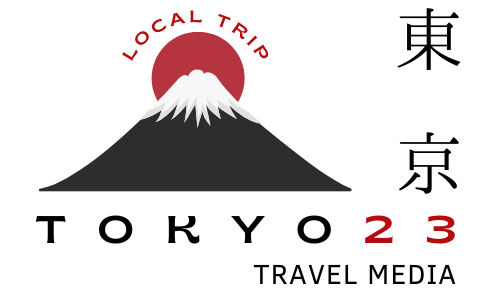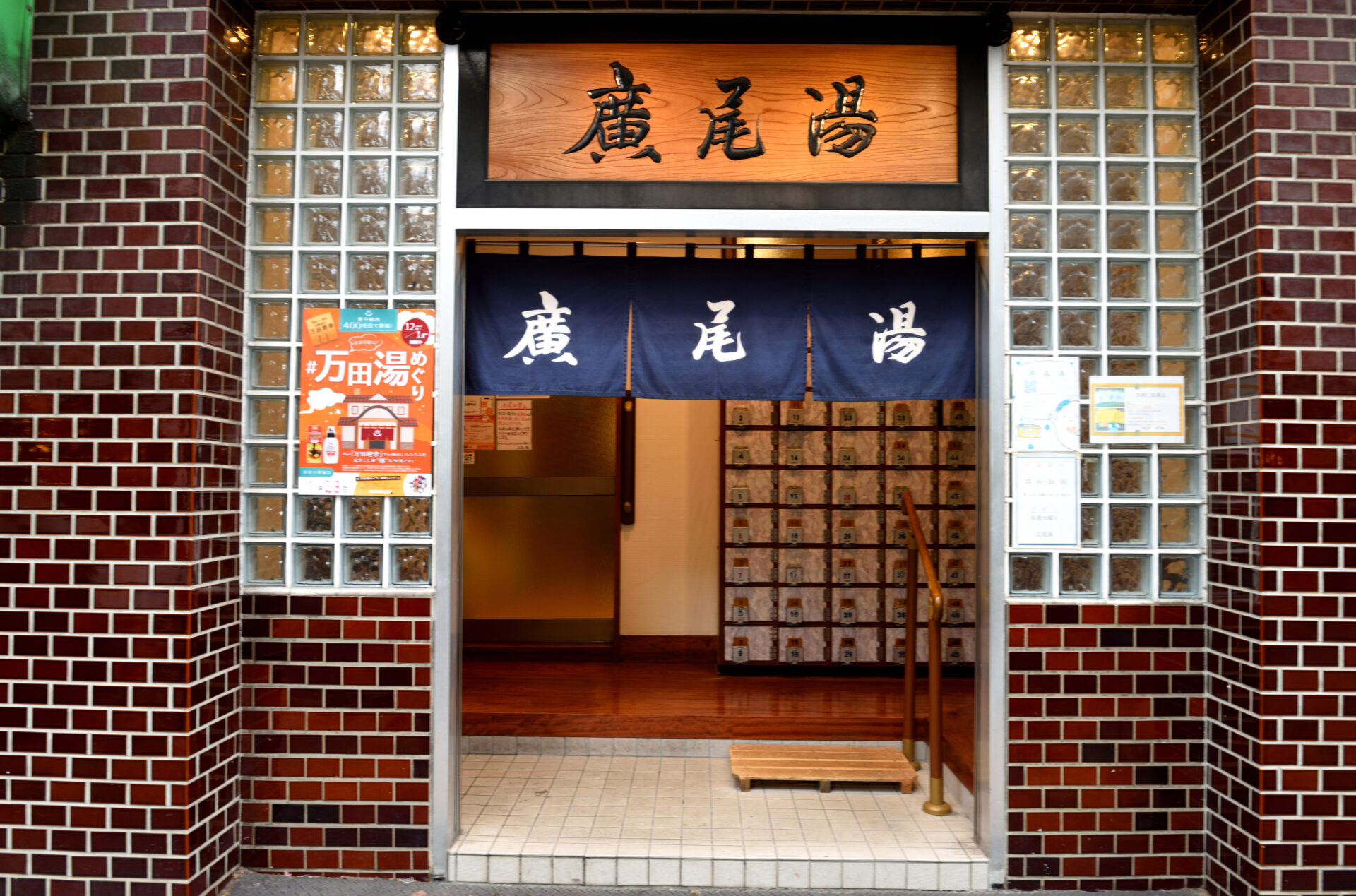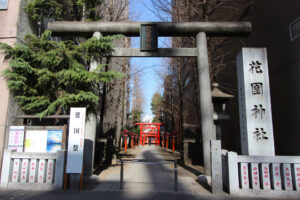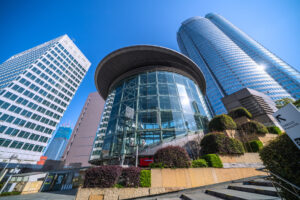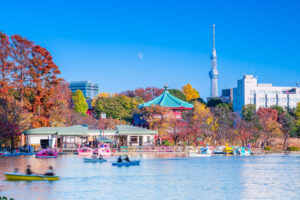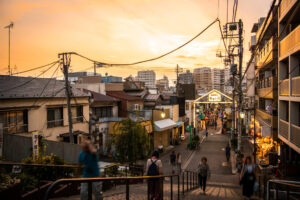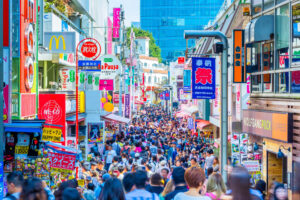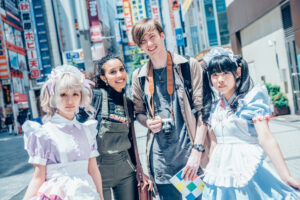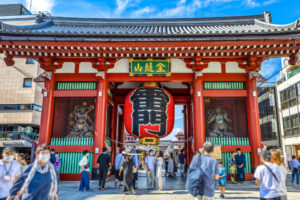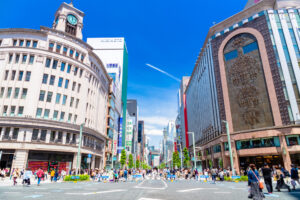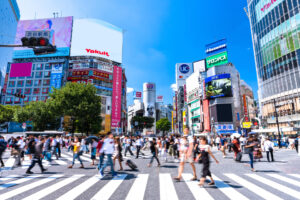Nestled in a tranquil corner of Tokyo with over a century of history, Hirooyu offers a rare opportunity to immerse yourself in the traditional Japanese bathhouse culture. This article explores its historical significance and its enduring cultural relevance.
What is a Traditional Japanese Bathhouse (Sento)?
A traditional Japanese sento, located often in residential areas, is more than just a large public bathing facility where one pays to enter. Historically, many homes lacked a bath, making the local sento a vital community hub where neighbors would gather. Although the number of sentos has declined, these bathhouses continue to provide a healing space for both the mind and body, offering various baths such as bubble and jet baths and equipped with relaxation spaces. As such, sentos remain a vital part of Japanese lifestyle culture, offering both health benefits and a place for community interaction.
The History and Charm of Hirooyu
Hirooyu, with its roots deeply embedded in the Hiroo area of Tokyo for over a century, is conveniently located just a minute’s walk from Hiroo Station on the Shibuya subway line. The bathhouse sign and noren curtains feature calligraphy by the previous owner, adding a personal touch to the setting. Renovated in 2017, Hirooyu beautifully maintains the essence of its 100-year history while offering clean, modern facilities.
The architecture and interior design heavily feature traditional elements, with extensive use of wood and warm lighting creating a comforting and welcoming space. Uniquely, Hirooyu also features European landscape-inspired tile murals, setting it apart from typical sento decorations.
The Bathhouse Experience
Upon entering Hirooyu, guests pay at the reception and proceed to gender-separated changing rooms equipped with lockers. Inside the bathing area, you’ll find spacious washing stations leading to the baths. Hirooyu offers both bubble baths and jet baths, with varying depths for sitting or standing, maintaining water temperatures around 42-43°C—perfect for a relaxing soak.
Cultural Events and Special Offers
Hirooyu hosts seasonal events throughout the year, offering traditional bathing experiences that highlight Japanese customs. For example, in May, it features iris baths to celebrate Children’s Day, and in December, bathers can enjoy yuzu baths around the winter solstice, symbolizing health and fortune. These events provide visitors a unique opportunity to engage with Japanese culture intimately.
Regular community-focused events such as Senior Bathing Day and Family Bathing Day ensure Hirooyu remains a beloved community gathering spot for all ages, fostering a sense of togetherness and well-being among locals and visitors alike.
Conclusion
During your visit to Tokyo, experiencing the warm hospitality and rich tradition of Hirooyu should not be missed. This sento, alive with history and community spirit, offers a memorable and rejuvenating experience. Check the official website for the latest event information and details before planning your visit.
Official Website:
Practical Information:
- Operating Hours: 15:00 – 24:00
- Closed: Every Wednesday
- Admission Fees:
- Adults: 520 JPY
- Middle School Students: 300 JPY
- Elementary School Students: 200 JPY
- Preschool Children: 100 JPY (second child free)
- Multi-visit Bath Tickets (10 visits): 4700 JPY
Location:
- Address: 5-4-16 Hiroo, Shibuya-ku, Tokyo 150-0012
- Access: 1 minute walk from Hiroo Station, Exit 2; 2 minutes walk from Hiroo Station Front (Hiroo Bridge)
